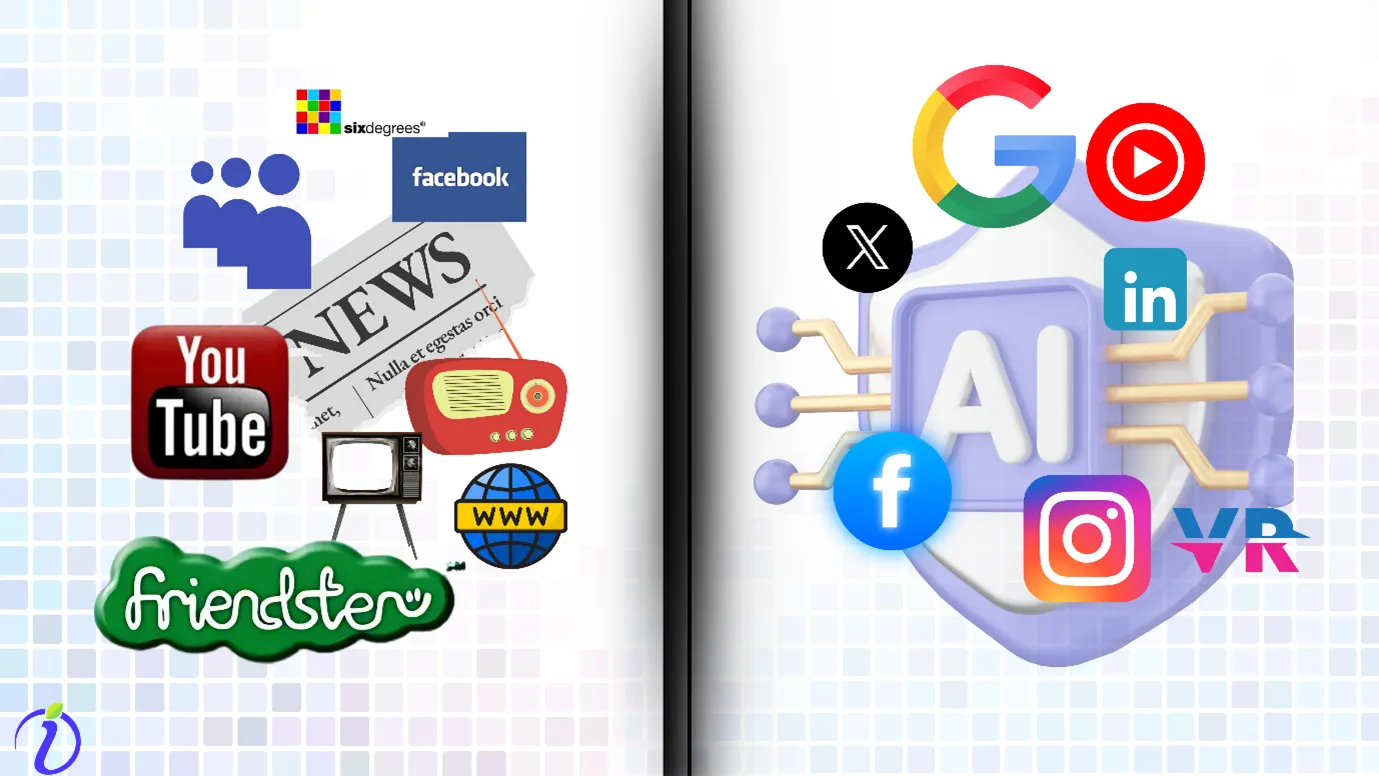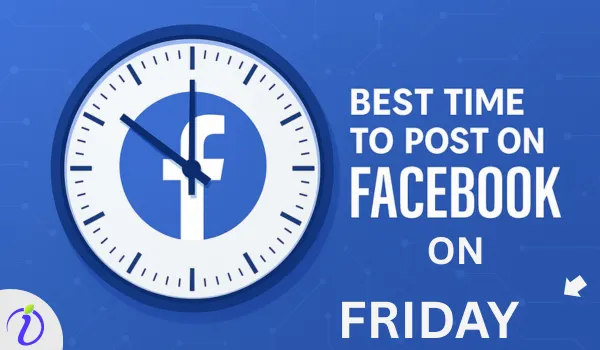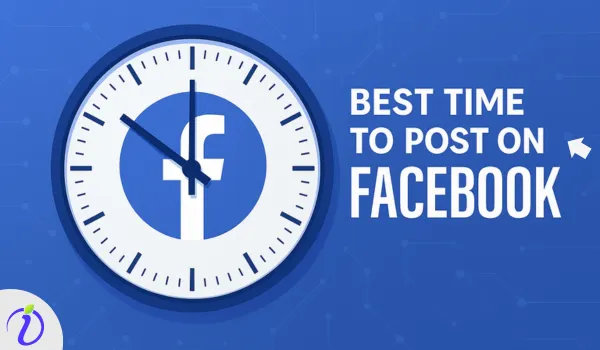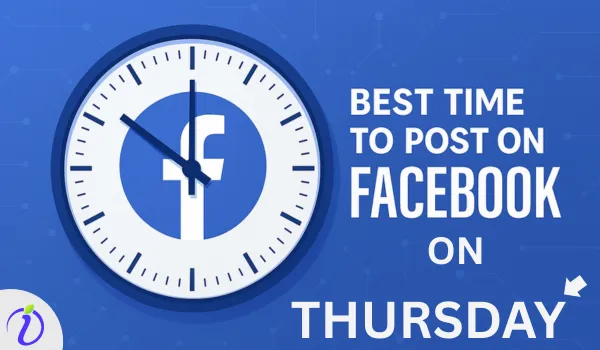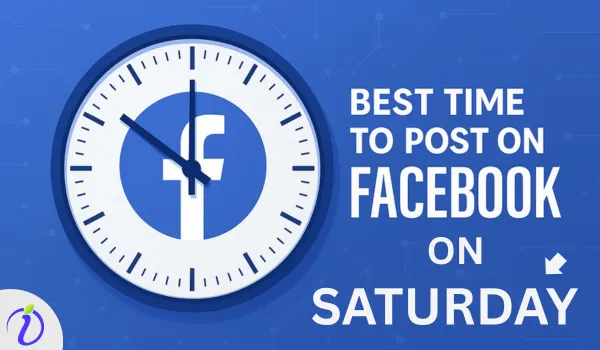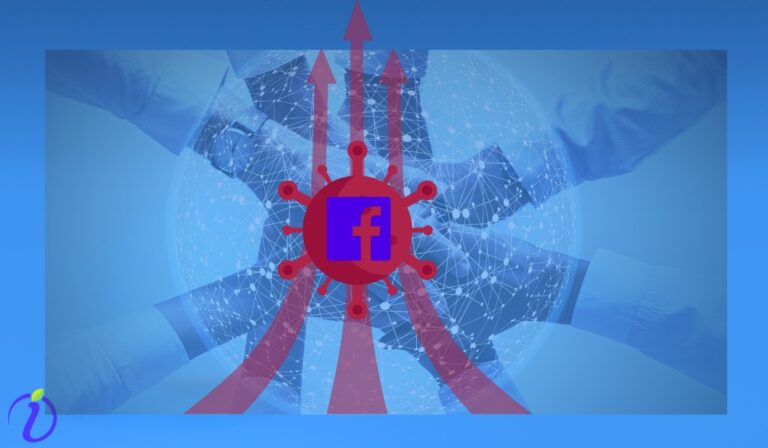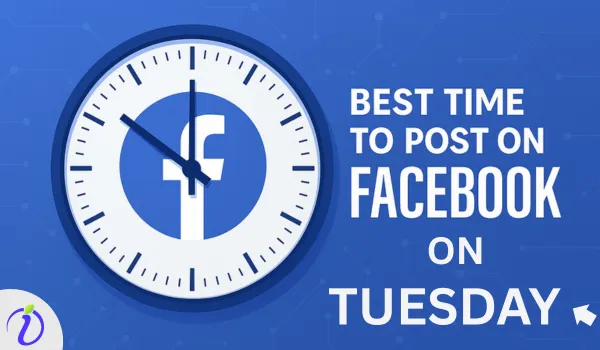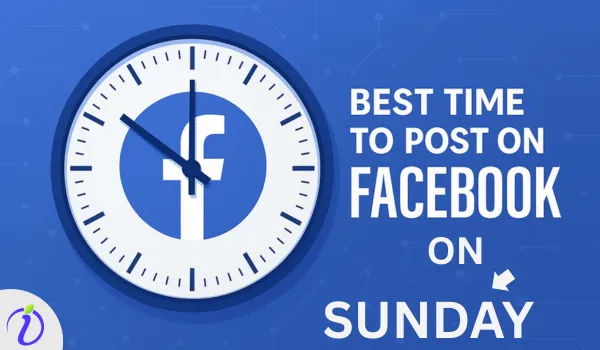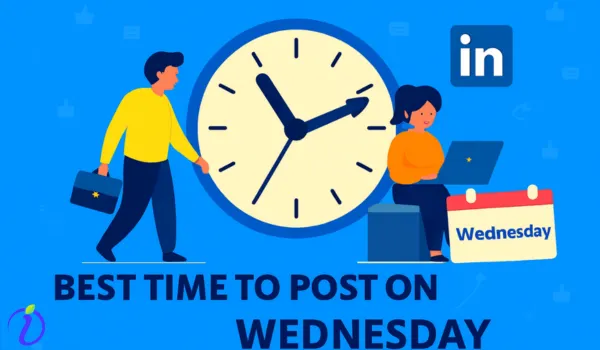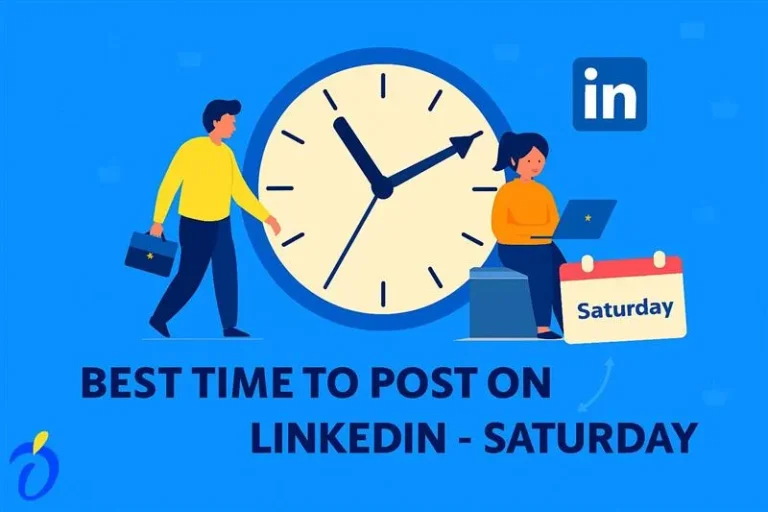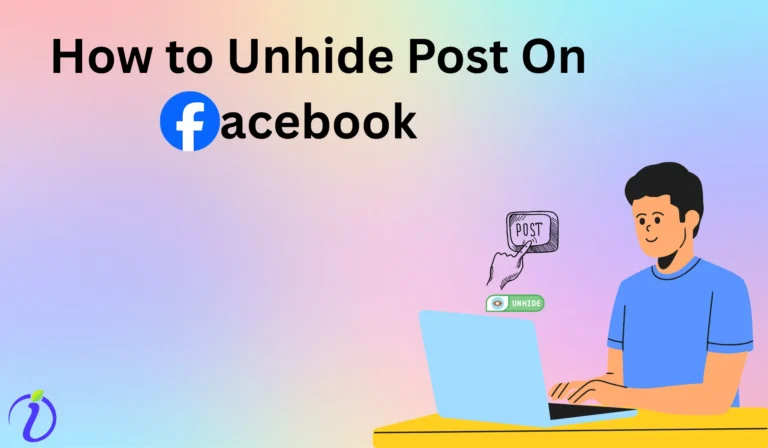Do you often wonder how people lived earlier without phones or the Internet? Would you like to understand the journey from traditional modes of communication to the digital era? Let us discuss and understand the Evolution of Social Media: Then vs. Now.
Earlier, humans would gather at an institution and convey important messages. As humans evolved, multiple channels of communication started.
And today, in 2025, approximately 67.5% of the whole population has internet access, and 95% of the internet users worldwide use social media. And many successful businesses use smart tools to handle their social media. Isn’t it surprising to see this drastic change?
In this blog, we will understand the whole timeline of digital tools development and especially see how one tool accentuated the growth of other tools.
History of Social Media & Timeline (17th century to 20th century)
Development of mass communication modes.
Did you know that newspapers started in the 15th century? They built a channel for radio, and radio paved the way for television.
| 1605 | 1st newspaper launched in the German language |
| 1896 | 1st Radio message was sent in the UK |
| 1925 | Television was invented |
Pre-Social Media Times
|
1971 |
The First Email was sent on ARPANET (precursor of the Internet) |
|
1978 |
A BBS, or Bulletin Board System, was launched where people could Connect with the online community using a modem and a phone line |
While all these data would seem insignificant but they paved the way for social media to be developed.
The Rise of Social Media
- The main development came around the 1990s, when the Internet was introduced to the world. But even before that, people had started building communities for themselves on the computer.
- In 1973, Talkomatic was launched, which was a group chat system available on PLATO (a closed network that ran on computers. It was developed in the 1960s at the University of Illinois).
Talkomatic can be said to be an ancestor of WhatsApp (jokingly). Neither of the platforms is related, but the point to be noted is that even in 1973, a chatting system was present.
|
1973 |
Talkomatic |
A group chat system was launched on PLATO (a closed, proprietary network ) |
|
1991 |
www (World Wide Web) was publicly available |
The Internet was publicly available |
|
1995 |
Classsmates.com was launched |
a social networking website to connect with old classmates |
|
1997 |
Six Degrees.com was launched |
First modern-style social network with profiles and friend lists |
|
2002 |
Friendster was launched as a social networking site |
A social networking website to help people meet new friends online |
|
2003 |
My Space was launched |
A modern-style social network with customizable profiles, background music, glittery graphics, and friend lists |
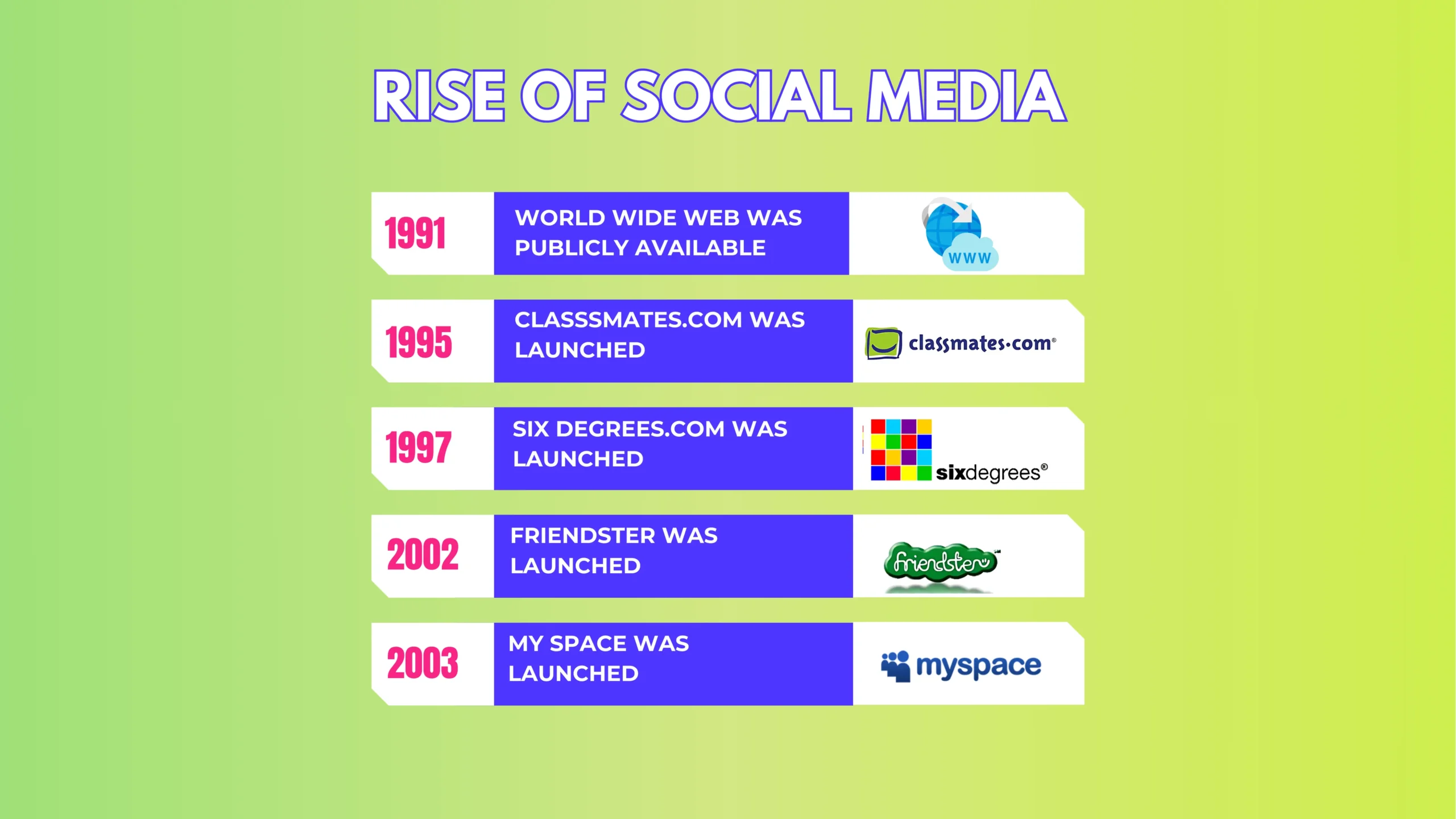
The Evolution of Social Media (from 2000 – 2010)
- The Internet had already developed, and computers were getting better and efficient. This further encouraged the growth of social media.
- In this phase, when everyone saw that communities and online community-building platforms were gaining so much attention, many people started launching social media platforms.
|
2003 |
LinkedIn was launched |
|
2004 |
Facebook was developed at Harvard University and was open to Harvard students only |
|
2004 |
Orkut was launched by Google |
|
2005 |
YouTube was introduced by Google |
|
2006 |
Twitter was launched |
|
2006 |
Facebook was made available to the Public |
|
2007 |
The iPhone came out with internet access, and people could access the Internet and use social media websites. |
|
2007 |
Facebook started the news feed |
|
2008 |
Facebook outgrows MySpace |
|
2009 |
WhatsApp was launched |
|
2010 |
Instagram was launched |
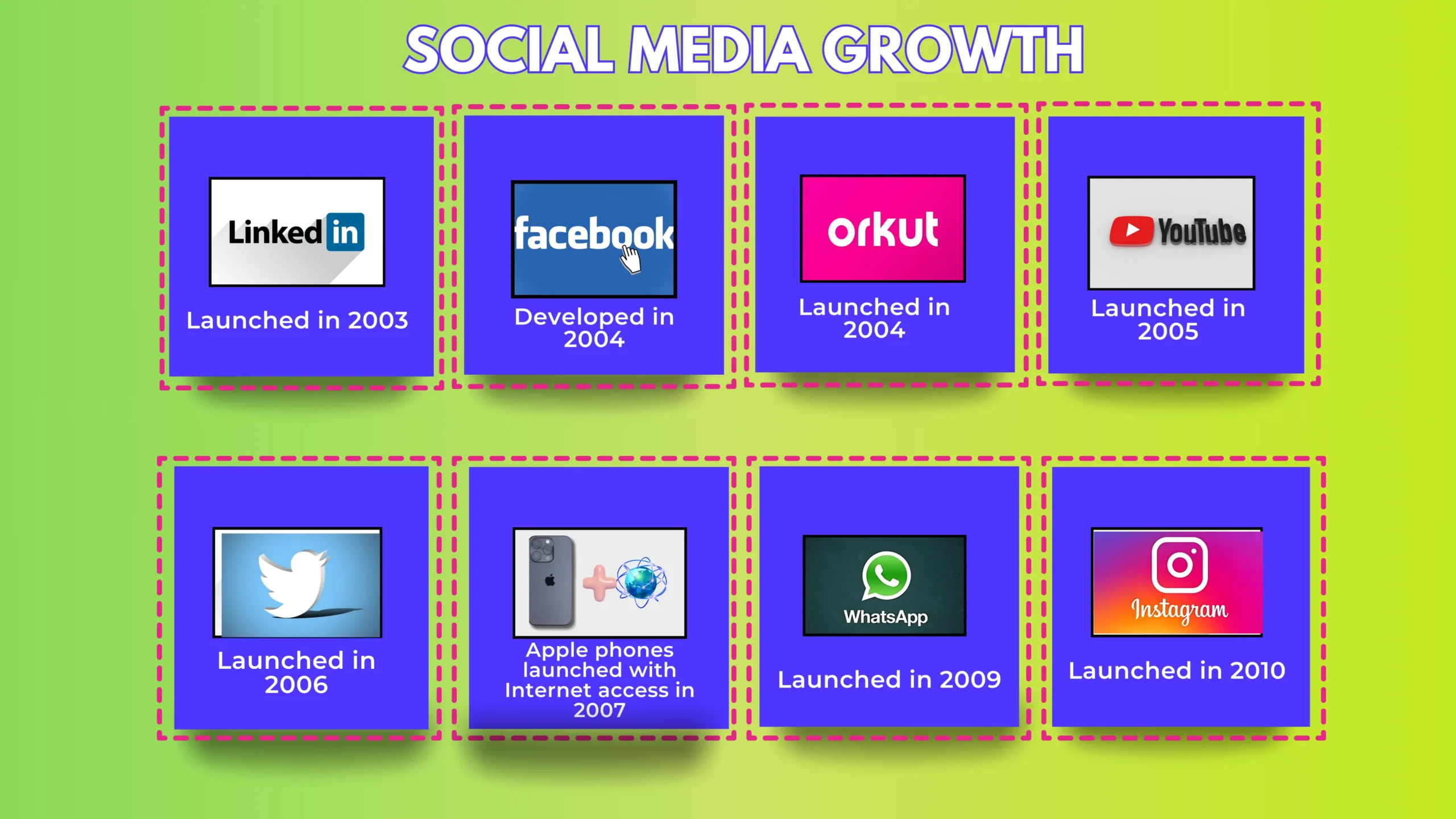
Expansion Of Social Media
We learnt all the famous launches in the era of the 2000s, now let us see how they expanded voraciously to capture the market and people’s minds.
|
2011 |
Snapchat added vanishing messages |
|
2012 |
Facebook purchases Instagram |
|
2013 |
Vine’s short video feature starts trending. Vine is acquired by Twitter before launch |
|
2014 |
Facebook purchases WhatsApp |
|
2015 |
Twitter launches “Periscope”, a live streaming app |
|
2016 |
Instagram launches “Stories” |
|
2016 |
Facebook Live expands |
|
2017 |
ByteDance acquires Musical.ly, merging it into TikTok |
|
2018 |
Instagram IGTV is introduced |
|
2020 |
The COVID pandemic hits and pushes people to use more social media |
|
2021 |
Facebook rebrands to META |
|
2021 |
YouTube Shorts was launched worldwide |
|
2022 |
Twitter is acquired by Elon Musk |
|
2023 |
Threads was launched by META |
|
2023 |
Rise of AI influencers and chatbots in social media |
|
2024 |
Use of social media as a shopping hub |
The Use of AI in Social Media (2006- Present)
You might think that the AI usage and hype are a recent phenomenon, but it is not. The AI era started in the 1980s.
In those times, people wanted to integrate AI into computers so that computers could work faster.
XCON was designed in the 1980s to help computers select to automate the configuration of VAX computers based on customer requirements.
But, after many years, when everyone understood the power of AI, social media also started utilizing it.
| Year | Platform(s) | AI Development / Usage |
|---|---|---|
| 2006 | Twitter, Facebook, Netflix | Early adoption of AI for advertising and user experience (UX) algorithms. |
| 2008 | AI used for friend recommendations and basic ad targeting. | |
| 2010s | Introduced facial recognition for auto-tagging friends in photos. | |
| 2015 | Twitter, Instagram, LinkedIn | Twitter expanded AI algorithms; Facebook’s acquisition of Instagram led to AI integration. LinkedIn implemented AI-driven content curation and networking suggestions. |
| 2017 | Research chatbots developed a negotiation shorthand during experiments. | |
| 2017 | TikTok | Launched with a highly advanced AI-powered content recommendation algorithm. |
| 2018 | Rolled out AI-driven recommendations and ads. | |
| 2020 | TikTok, Facebook, Instagram, WhatsApp | Used AI to filter misinformation and combat false content. |
| 2021 | Reddit, LinkedIn | AI-generated content summaries; LinkedIn used AI for profile detection. |
| 2023 | Snapchat | Launched a chatbot using OpenAI technology. |
| 2025 | Most major social platforms | AI used for content moderation, personalization, content creation, and detection of AI-generated content. |
The Evolution of Social Media Marketing
Wherever people gather, there is a marketing opportunity. That is why so many businesses try to draw the masses to themselves.
If you go through The Evolution of Social Media: Then vs. Now, you will understand that mass communication was created so that marketing could enhance and support business growth only.
- Earlier brands used to market themselves in newspapers, on the radio, and on television. But now, as the masses have shifted largely to social media, there is rarely any business that is not present on social media
- In the 1990s, brands used Friendster and SixDegrees.com for advertising their brand.
- But as other social media platforms gained popularity, brands could run ads on them. Here is the table showing the timeline of Ads on the platforms
| Platform | Year Ads Launched (Format) |
|---|---|
| 2004 (Flyers), 2007 (Ads Platform) | |
| YouTube |
2007 (Display Ads) 2008 (Video Ads) |
| 2010 (Promoted Tweets) | |
|
2013 (Sponsored Posts) 2017 (Story Ads) |
|
| Snapchat | 2014 (Video Ads) |
| 2008 (Display Ads) | |
| 2014 (Sponsored Pins) |
- But it’s not that brands only run ads on social media. They started creating accounts on social media and began building genuine connections with people.
- The first famous social media ad was that of Coca-Cola, which was a big hit on Facebook.
|
In the year 2012 |
Coca-Cola Ad Campaign – Share a Coke (where people could share a customized Coke can virtually with their friends) |
Ø 39% increase in Coca-Cola fans on Facebook Ø 870% increase in Facebook traffic Ø 76,000 virtual cans were shared online Ø 378,000 custom Coke cans were printed across Australia. |
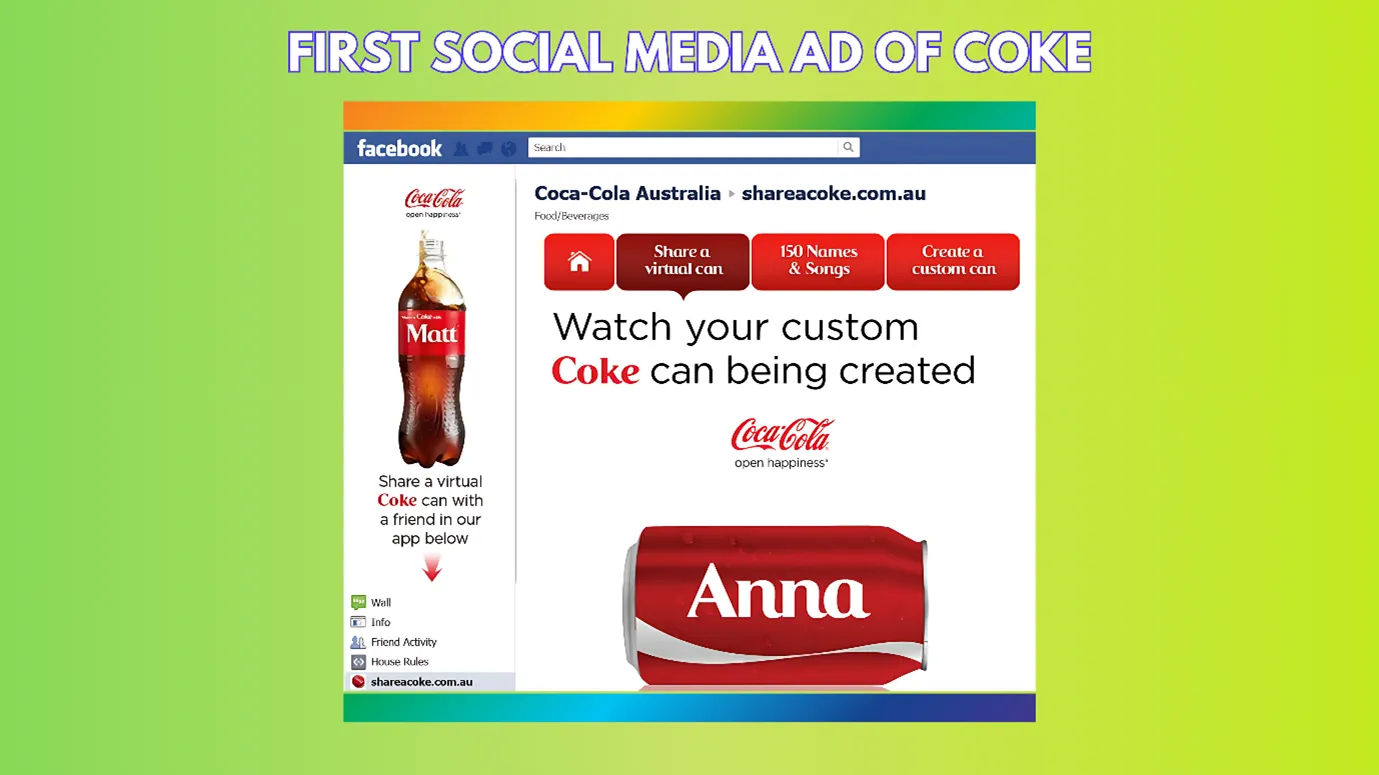
- Today we all know Influencer Marketing, but back then, too, influencer marketing existed. Did you know that Influencer Marketing (on social media) started in the early 2000s on MySpace?
| First Influencers Known | Platforms |
|---|---|
| Tila Tequila | Myspace |
| PewDiePie | YouTube |
| Chiara Ferragni |
- Jeffrey Star was one of the first and famous influencers of those times. He started from MySpace and expanded to YouTube. Jeffree Star is a pioneer as a social media beauty influencer.
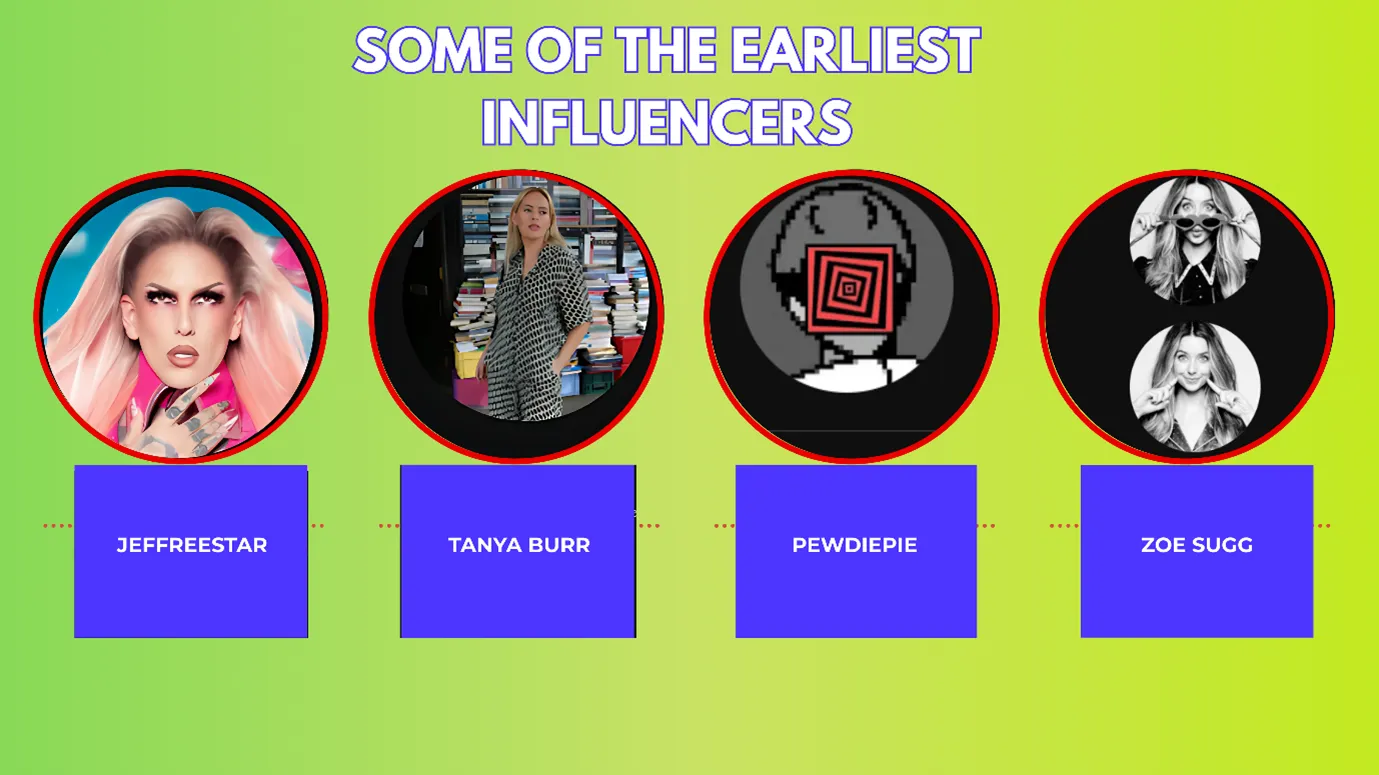
- In 2009, as video recording and editing tools were available, video vlogging started, and it was all over YouTube. People could relate to the vlogs and started trusting the vlogs before making an actual purchase.
Some of the earliest bloggers are
This trend gave rise to user-generated Content.
- In 2010, Instagram was launched, and it grew quickly; its bloom gave rise to influencer marketing and user-generated Content.
- As businesses saw the opportunity, they started investing in influencer marketing and user-generated Content. Brands started partnering with creators and sponsored them to promote their brands.
- The influencer marketing industry has shown tremendous growth.
|
In 2020 |
Global Market Value (USD) was ≈ 10 billion |
|
By 2030 |
Global Market Value (USD) is estimated ≈ at 30 billion |
- In 2025, approximately 14% of marketers plan to dedicate between 10%–15% of their marketing budgets to influencer campaigns.
- Also, it is not only about organic marketing; brands are also interested in growing their marketing via organic marketing on social media. 50% + marketers are interested in growing organically on LinkedIn, Instagram, and YouTube.
- Today, many people are discovering new brands via Pinterest, Instagram, and YouTube. When a survey was conducted in six countries, 40 % of the participants agreed that they found new brands via social media every week.
What does the future hold?
Today, social media does not seem to be saturating, even though it has reached the break-even point. Because innovations and new human needs are arising daily, let us see how new technologies are planning to satisfy human needs.
AI To Run Ads and Track Postings
More and more AI tools have come up in the market. The year 2025 can be said to be the era of AI.
And did you know that there are speculations that OpenAI may launch its social media?
Today, all social media platforms have integrated AI into their platforms. It is predicted that shortly.
- Brands may use AI to run Ads on social media, test ads, and improve Ads.
- AI will be used to detect a brand’s presence on social media. AI will detect how many times a company is posting a day.
It will be able to detect the company’s logo and keep track. It will also see how people are responding to the Content.
Risk of Deep Fake Videos
More and more deepfake videos will start to surface. This might be cool but scary. It will increase the risk of fraud and fake news.
Decentralization of Social Media
A few companies, such as Meta, X, and Google, among others, dominate the social media industry. They have complete control over users’ data. Now this can change in the coming years.
Platforms like Bluesky, BeReal, and Mastodon have shown that people like online spaces that are democratic and transparent.
Rise of Genuine Content
AI profiles, AI Handles, and AI are all over the place. Careless content creation and low-quality Content have made users unfollow creators.
This will bring a wave of genuine content creation. Creators and brands will focus on authenticity and genuine connection.
Enhancement of social commerce.
Slowly, we will see more of social media merging into e-commerce. Changes like:
- Customers will try AR/VR experiences before shopping
- AI will hyper-personalize and recommend shopping products
- Blockchain and cryptocurrency payments will be encouraged.
- Small and private shopping groups would emerge and drive loyalty and engagement.
FAQ
What was the first social media platform?
Six Degrees.com was the first social media platform.
| Six Degrees.com | Launched in 1997 | Allowed users to list friends, family members, and acquaintances, whether registered on the site or not. External contacts were invited to join. | Created by Andrew Weinreich |
Who invented social media?
Andrew Weinreich is often called the “Father of social media.” He created Six Degrees.com and became the trailblazer of social networking.
What are the advantages and disadvantages of social media?
This table shows the advantages and disadvantages of social media:
| Advantages | Disadvantages |
| Gives access to anyone to increase their connectivity | Too much content leads to endless scrolling and wasted time. |
| It is free and easy to use | Spreads misinformation due to lack of content control |
| People can stay connected with loved ones and access news worldwide | Can be addictive, disrupt daily life, and cause insecurities |
| Advertising opportunities for individuals and businesses | Privacy concerns and potential data leaks |
| Helps people establish themselves and grow followers | High competition makes it hard to gain traction |
Approximately 65% of the world’s population uses social media — about 5.2 billion people. Despite its disadvantages, it will remain a part of our lives.
How is social media different from traditional media?
| Social Media | Traditional Media |
| Encourages two-way communication | One-way communication |
| More penetration globally | Limited to countries or regions |
| Anyone can be a creator or influencer | Only professionals and authorized people produce content |
| Algorithms personalize content for users | No personalization — same content for everyone |
| Content can be edited after publishing | Content cannot be edited once published |
| Cost-effective | Expensive to produce |
| Less trustable | More trustworthy |
| Targeted advertising possible | Generic advertising for all |
Key Take Away
After reading this blog, you can understand the Evolution of Social Media: Then vs. Now. Mainly, the journey was fuelled by a common person’s need.
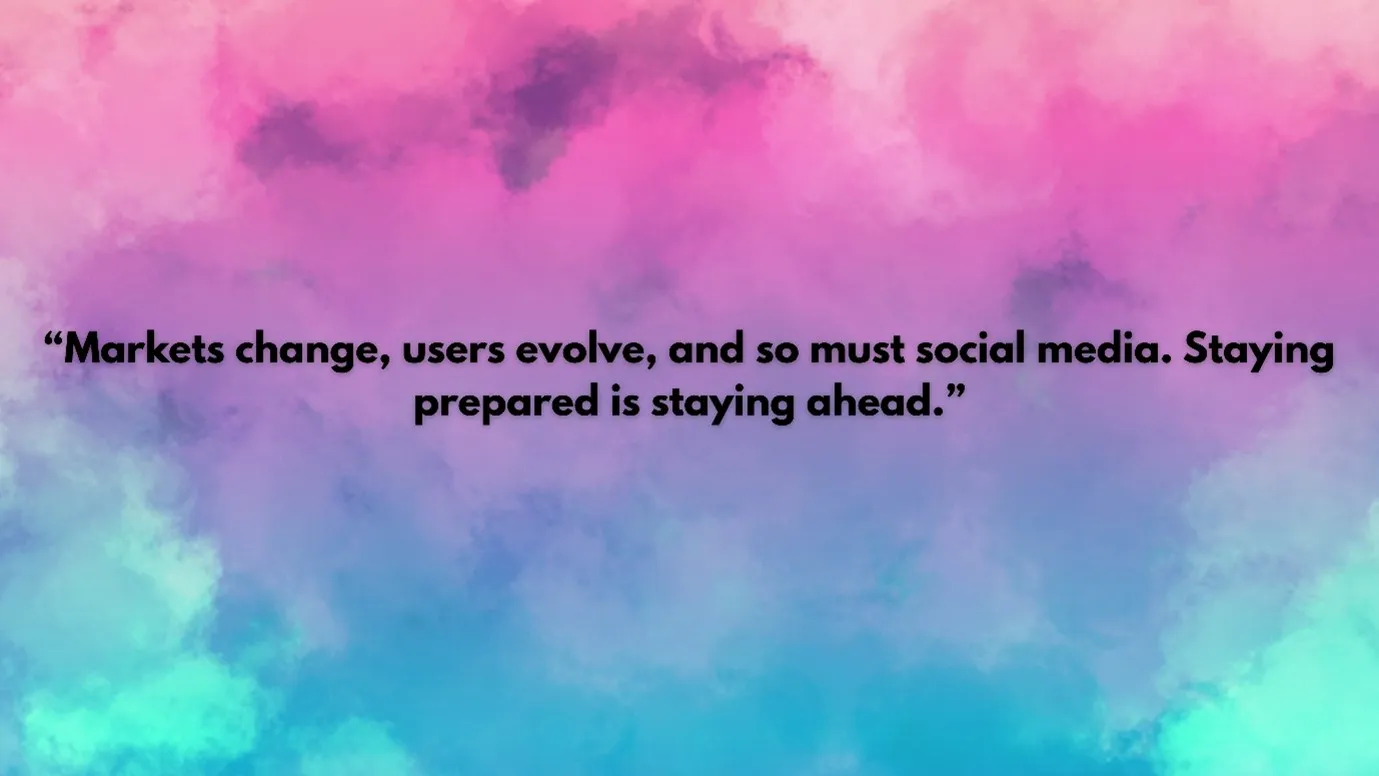
We understand that not everything is good about this evolution. Its addictive algorithm, data leaks, privacy concerns, fake news, and random and low-quality Content have impacted us negatively.
But as we mentioned, approximately 5.2 billion people use social media, and that is huge. If you are a business, a creator, or anyone who wants to reach people, it is an excellent opportunity.
That is why it is important to manage social media along with its pros and cons. We have many blogs on the minor tweaks that can help you manage your social media. Along with that, we also have the data of all social media platforms’ essential parameters.
Do not miss them if you want to roar on social media.
